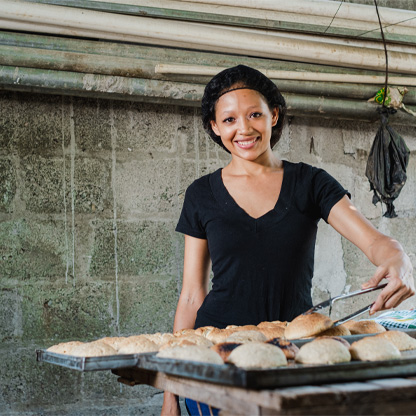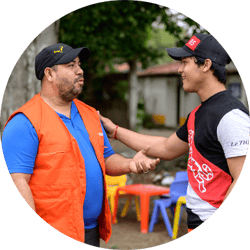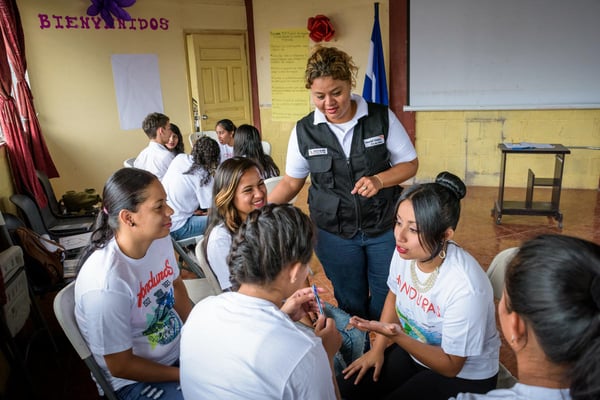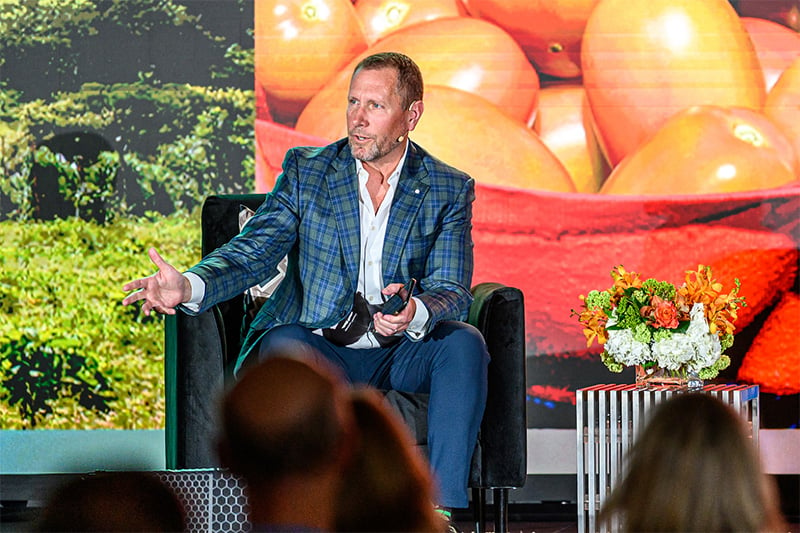EDUCATION
Providing Central American youth with hope.

Providing Central American youth with hope.
Give to the Education Fund

Youth in Honduras, Guatemala, and El Salvador (known as the Northern Triangle) face an uphill struggle to find good, safe jobs.

More than 13,000 youth will select a pathway (education, entrepreneurship or employment) and complete the Youth Ready curriculum toward employment opportunities.
2,304 youth have completed the Teen Ready curriculum providing them with agency, positive self-identity, and a sense of purpose; and helps them discover their vocational interests in an effort to keep them in school.

See the people and places whose lives are being transformed in the name of Jesus Christ. Watch videos to learn more about our work.
We are blessed to partner with hundreds of Christian philanthropists and couldn’t do this work without them. And we’re able to reach more people because of our highly collaborative local and global partnerships within private and public sectors.

Taylor Rhodes
CEO of Applied Systems and donor partner, Illnois
"For me, that’s what RISE is all about: they (youth) are being equipped with skills so that they can be ready to enter the workforce. World Vision is partnering with companies that hire our RISE graduates into their companies, and that’s a story of transformation. Today, what they see is that the Lord has a plan for them to not only care for their families but to also be leaders in their communities."
World Vision Inc. is a registered 501(c)3 nonprofit organization. All donations are tax deductible in full or in part.
© 2024 World Vision, Inc. All rights reserved.